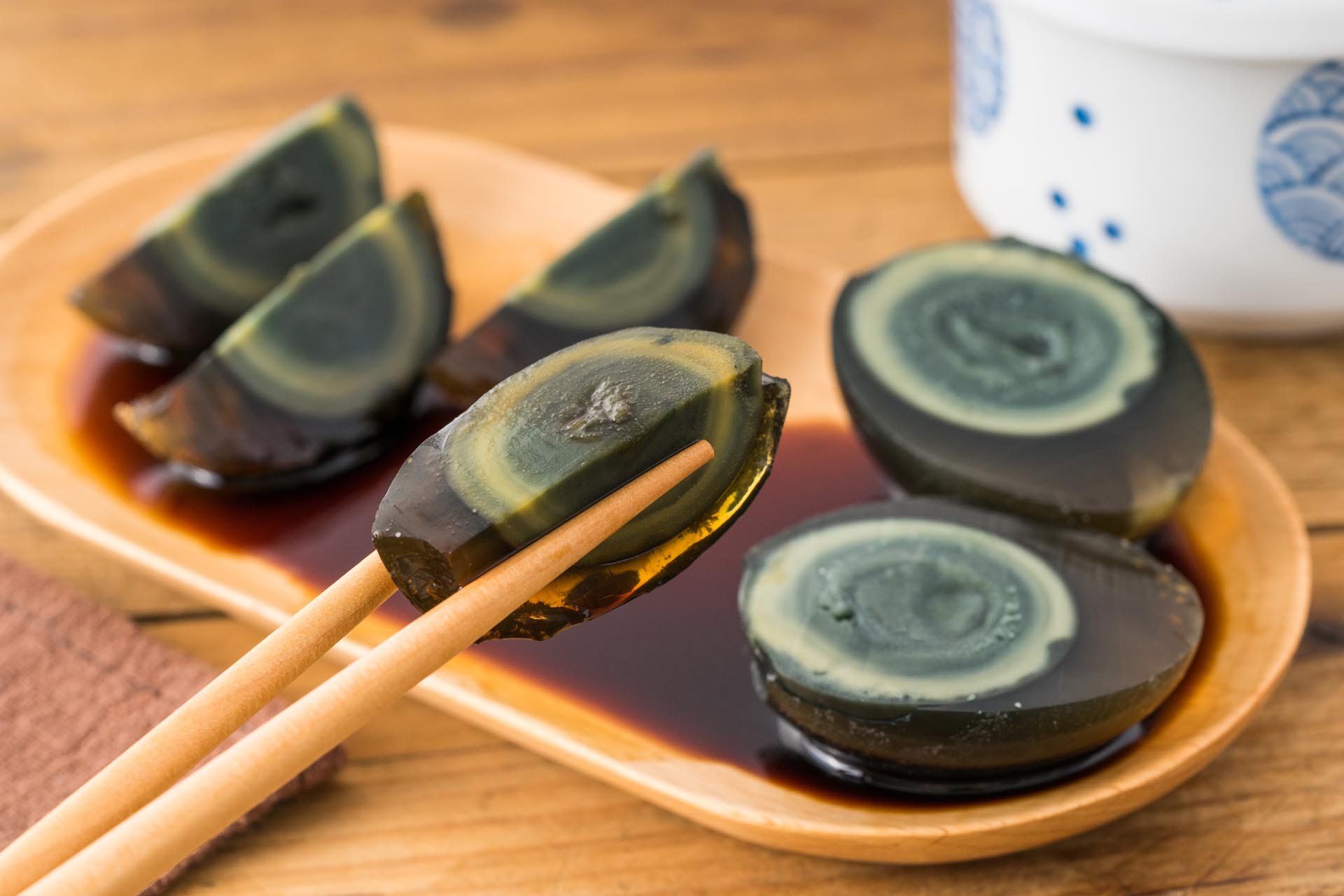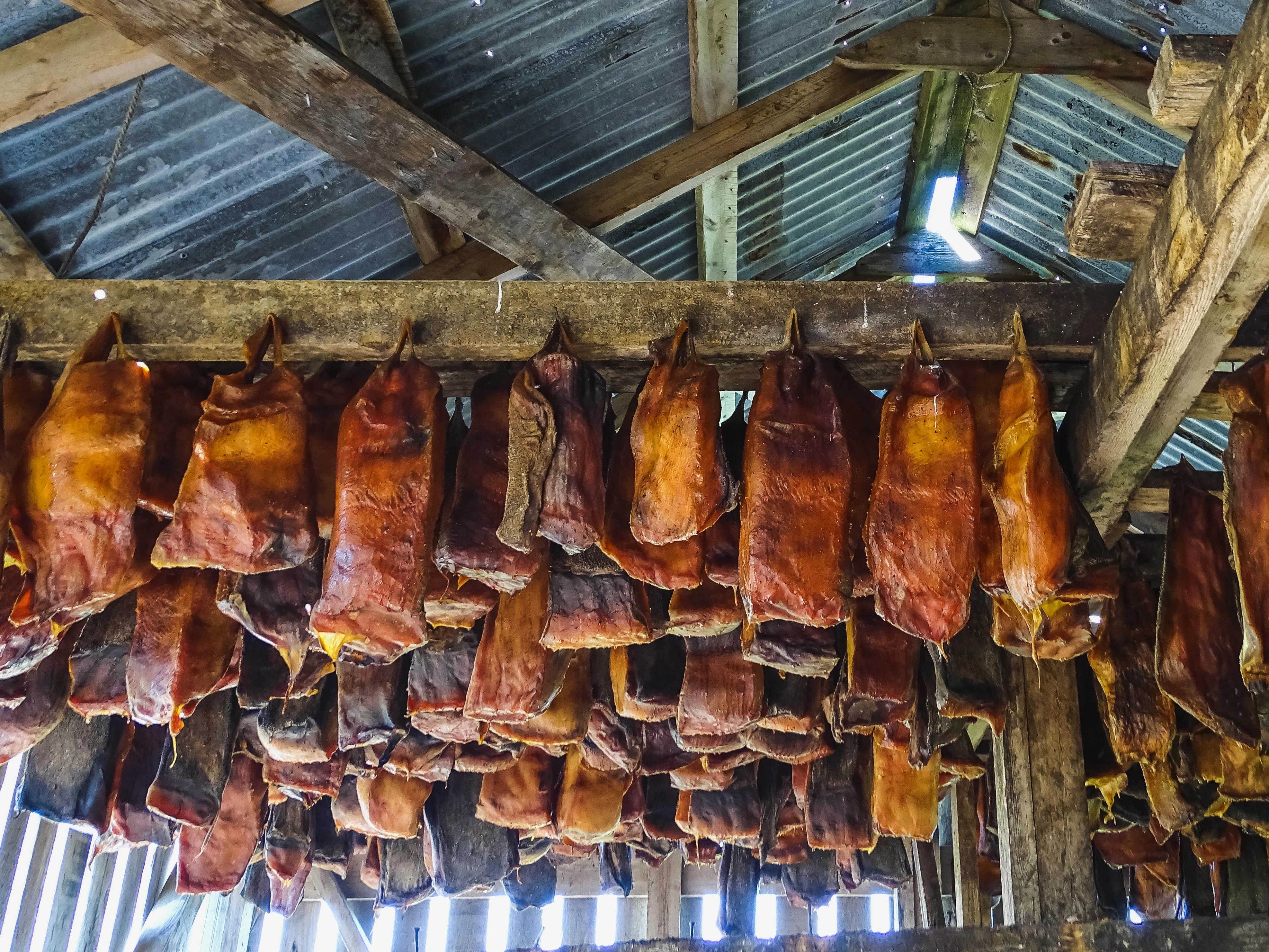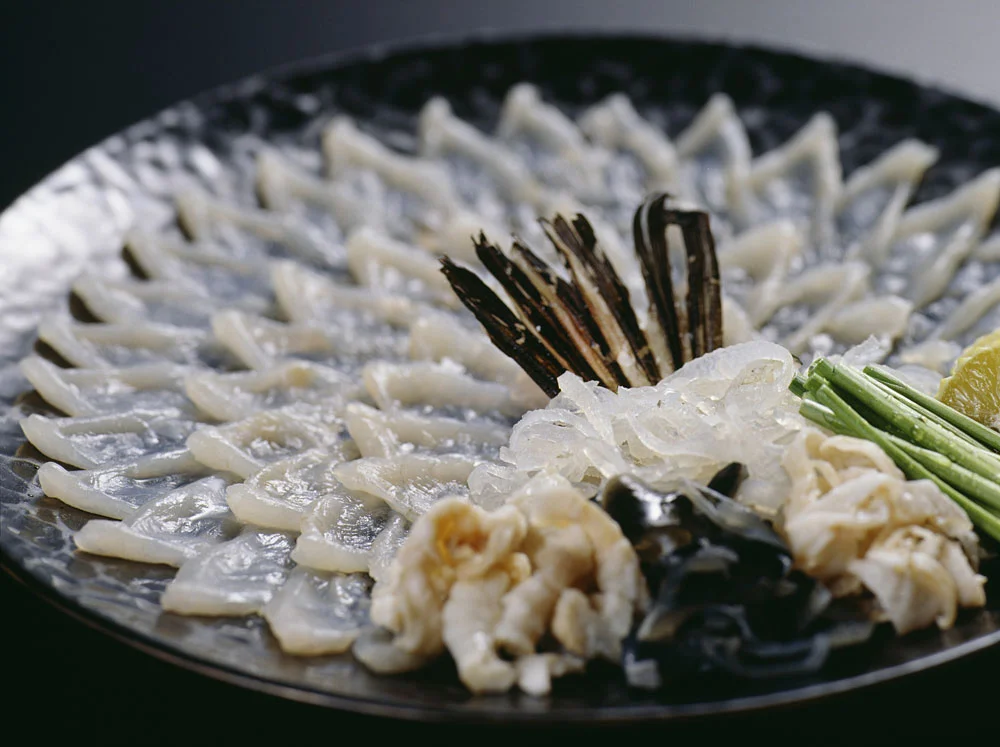Unusual Foods From Different Cultures - The World On A Plate
Every culture has its unique cuisine that is shaped by geography, climate, history, and availability of ingredients. While some dishes are widely popular, others are more obscure and even considered unusual by many. Here are some examples of unusual foods from different cultures.
Author:Xander OddityReviewer:Dr. Felix ChaosphereApr 28, 202366 Shares902 Views

Every culture has its unique cuisine that is shaped by geography, climate, history, and availability of ingredients. While some dishes are widely popular, others are more obscure and even considered unusual by many. Here are some examples of unusual foods from different cultures.
Unusual And Unique Traditional Foods From Different Cultures
Check out these unusual foods from different cultures:
Balut - Philippines
Balut is a fertilized duck egg that is boiled and eaten in the shell. The embryo is allowed to develop for around 18 days before it is boiled, which gives it a partially developed appearance.
When the egg is cracked open, the contents are poured into a bowl and eaten with a spoon. The yolk is rich and creamy, while the partially formed duckling is chewy and has a slightly gamey flavor. Balut is often eaten with a sprinkling of salt, vinegar, or chili pepper.
Balut is said to have originated in China and was brought to the Philippines during the 1800s. It is now a popular snack food throughout the country, and vendors can be found selling it on street corners and in markets.
The dish is often associated with superstition and is said to have aphrodisiac properties. Some people believe that eating balut can help with fertility and increase sexual stamina.
Hákarl - Iceland
Hákarl, on the other hand, is a fermented shark meat that is considered a traditional Icelandic delicacy. The meat comes from the Greenland shark, which is poisonous when fresh due to high levels of urea and trimethylamine oxide.
To make hákarl, the shark is beheaded, gutted, and buried in a shallow pit for several months. During this time, the meat is fermented and undergoes a chemical change that removes the toxins and gives it a distinct flavor.
Hákarl has a pungent ammonia smell and a strong, salty flavor that is not for everyone. The texture is similar to rubbery cheese, and it is often served in small cubes on toothpicks.
Hákarl is typically washed down with a shot of the Icelandic schnapps, Brennivín, which is also known as "Black Death" due to its high alcohol content.
Escamoles - Mexico
Escamoles, also known as "insect caviar," are the edible larvae of ants that are found in the roots of agave and maguey plants in Mexico. They are considered a delicacy and have been a part of the country's culinary tradition for centuries.
Escamoles are harvested in the spring when the ants are most active, and the process involves digging up the plants, extracting the ant larvae, and cleaning them thoroughly.
Escamoles are often compared to cottage cheese in texture and have a nutty, buttery flavor. They can be eaten raw, but most often, they are cooked with butter, garlic, and chili peppers and served in tacos, omelets, or quesadillas. The dish is usually accompanied by a variety of sides, including fresh tortillas, avocado, and lime wedges.
In Mexico, Escamoles are highly prized and are considered a luxury item. They are often served in high-end restaurants and are an important part of the country's gastronomic heritage. However, they are also becoming more popular among adventurous eaters worldwide.
While Escamoles are considered safe to eat, they do pose a risk to those who are allergic to insect bites or stings. Additionally, improper preparation of Escamoles can lead to digestive issues, so it is important to ensure that they are cooked thoroughly before consumption.
Fugu - Japan
Fugu, also known as pufferfish, is a highly toxic fish that is considered a delicacy in Japan. The fish contains a toxin called tetrodotoxin, which is more potent than cyanide and can cause paralysis and death in humans if consumed in large quantities. However, despite its deadly reputation, Fugu has been a part of Japanese cuisine for over 2,000 years.
Preparing Fugu is a highly specialized skill that requires years of training and certification. The process involves removing the toxic organs of the fish, including the liver, ovaries, and eyes, which contain the highest concentration of tetrodotoxin. Only licensed chefs are allowed to prepare and serve Fugu in Japan, and strict regulations are in place to ensure its safety.
Fugu is often served in thin slices, sashimi-style, with soy sauce, grated ginger, and a citrus-based sauce. It can also be cooked in hot pots, soups, or rice dishes. The delicate flavor and texture of Fugu have made it a prized delicacy in Japan and a popular dish among tourists.
Despite its popularity, consuming Fugu can still be dangerous, and there have been incidents of poisoning in the past. In recent years, new methods of testing and certification have been implemented to ensure the safety of Fugu, making it a safer dish to consume than in the past.
Casu Marzu - Italy
Casu marzu, also known as “rotten cheese,” is a unique and controversial cheese that is produced exclusively in Sardinia, Italy. This cheese is not for the faint of heart, as it is infested with live maggots that give it a distinct and pungent flavor.
Despite being banned by the European Union for health reasons, casu marzu remains a delicacy in Sardinia and is sought after by adventurous foodies around the world.
The production of casu marzu begins with pecorino cheese, which is made from sheep's milk. The cheese is allowed to ferment for a few months until it becomes soft and creamy.
At this point, the cheese is cut open and left outside in the sun for several hours to attract cheese flies, also known as Piophila casei. These flies lay their eggs inside the cheese, and when the eggs hatch, the larvae begin to feed on the cheese.
Over the next few weeks, the larvae will continue to consume the cheese, breaking down its fats and proteins and creating a soft, creamy texture. The larvae also excrete enzymes that help to give the cheese its unique flavor, which has been described as nutty, rich, and extremely pungent.
To eat casu marzu, the cheese is typically spread on bread or crackers, maggots, and all. Some people prefer to remove the maggots first, while others enjoy the added texture and flavor they provide.
It is important to note that eating casu marzu can be dangerous, as the live maggots can survive the digestive process and potentially cause severe health issues. For this reason, cheese has been banned by the European Union.
People Also Ask
What Is Balut And How Is It Eaten?
Balut is a fertilized duck egg that is boiled and eaten with salt and vinegar in the Philippines. The embryo inside is partially developed and the yolk and young chick are eaten together.
What Is Hákarl And Why Is It Considered Unusual?
Hákarl is a traditional dish from Iceland that consists of fermented shark meat that has been buried for several months to remove its toxicity. It is considered unusual due to its strong, ammonia-like odor and acquired taste.
What Is Fugu And Why Is It Considered Dangerous?
Fugu is a Japanese delicacy made from the meat of the pufferfish, which contains a deadly poison called tetrodotoxin. It is considered dangerous because if not prepared properly, it can cause paralysis and even death.
What Is Casu Marzu And Why Is It Banned In Some Countries?
Casu marzu is a traditional cheese from Sardinia, Italy that is made by leaving sheep's milk cheese outside to allow cheese flies to lay their eggs in it. The larvae hatch and eat the cheese, producing a soft, creamy texture. It is considered unusual and banned in some countries due to health concerns from the live maggots that can survive in the cheese.
What Are Escamoles And Why Are They Considered A Delicacy In Mexico?
Escamoles are the edible larvae of ants that are harvested from the roots of maguey and agave plants in Mexico. They are considered a delicacy for their nutty flavor and are often used in dishes such as guacamole or served as a taco filling.
Conclusion
These unusual foods from different cultures show how food can be a window into the diversity of the human experience. While some of these dishes may seem bizarre or unappetizing to some, they are an integral part of the cultural heritage of the people who have been eating them for generations. Exploring unusual foods can be a way to broaden our horizons and learn about different cultures and their traditions.

Xander Oddity
Author
Xander Oddity, an eccentric and intrepid news reporter, is a master of unearthing the strange and bizarre. With an insatiable curiosity for the unconventional, Xander ventures into the depths of the unknown, fearlessly pursuing stories that defy conventional explanation. Armed with a vast reservoir of knowledge and experience in the realm of conspiracies, Xander is a seasoned investigator of the extraordinary.
Throughout his illustrious career, Xander has built a reputation for delving into the shadows of secrecy and unraveling the enigmatic. With an unyielding determination and an unwavering belief in the power of the bizarre, Xander strives to shed light on the unexplained and challenge the boundaries of conventional wisdom. In his pursuit of the truth, Xander continues to inspire others to question the world around them and embrace the unexpected.

Dr. Felix Chaosphere
Reviewer
Dr. Felix Chaosphere, a renowned and eccentric psychiatrist, is a master of unraveling the complexities of the human mind. With his wild and untamed hair, he embodies the essence of a brilliant but unconventional thinker. As a sexologist, he fearlessly delves into the depths of human desire and intimacy, unearthing hidden truths and challenging societal norms.
Beyond his professional expertise, Dr. Chaosphere is also a celebrated author, renowned for his provocative and thought-provoking literary works. His written words mirror the enigmatic nature of his persona, inviting readers to explore the labyrinthine corridors of the human psyche.
With his indomitable spirit and insatiable curiosity, Dr. Chaosphere continues to push boundaries, challenging society's preconceived notions and inspiring others to embrace their own inner tumult.
Latest Articles
Popular Articles

